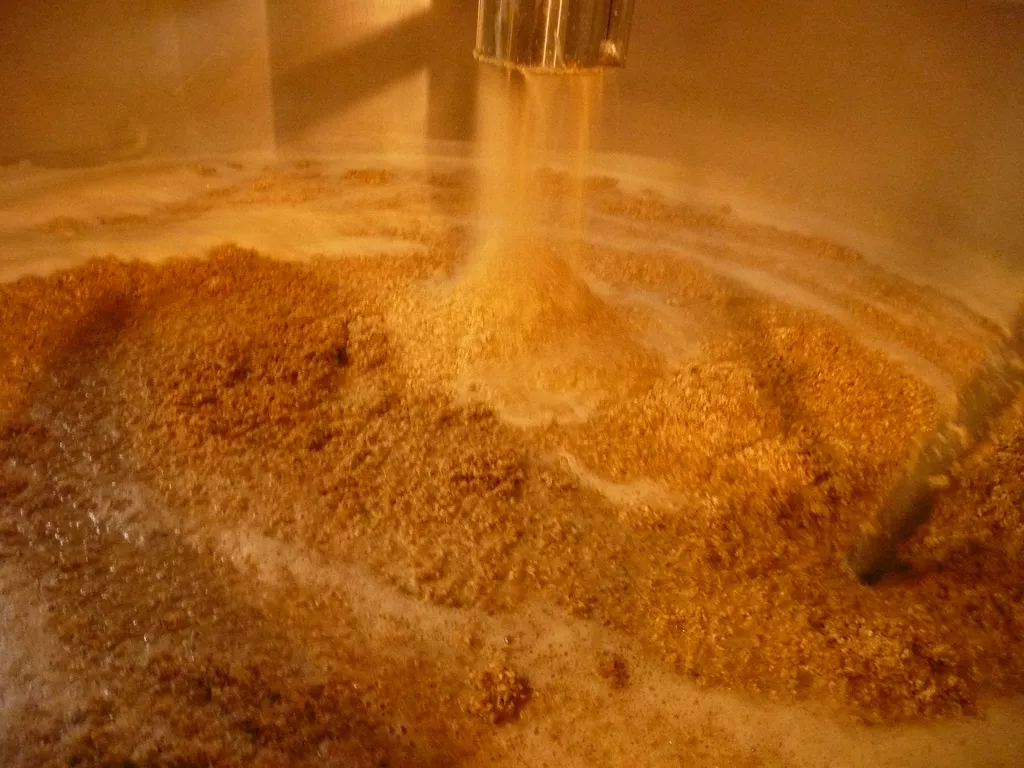If you enjoy experimenting with homebrewing processes you may have come across the Hochkurz mash. This is a German technique with ‘hoch’ meaning high and ‘kurz’ meaning short, referring to the fact the temperatures are above normal saccharification temperatures and as a result conversion is significantly shorter than with most step mash profiles. The Hochkurz mash utilises both beta amylase and alpha amylase by including both a maltose and a dextrinization rest.
You can reach the required temperatures in a number of ways using your Grainfather. You can simply set your mash schedule and use direct heat to move through the temperature ranges or else you can infuse your mash with boiling water to raise the temperature. If you choose to use water to raise the mash temperature start with a slightly thicker mash ratio (2.5 litres/0.66 of water/kilo or 2.2 lbs of grain) as the additional water will thin your mash. This is nothing to worry about though as a thinner mash should help with conversion and gelatinisation and German brewers would typically use between 3.5 litres and 4 litres (0.92 – 1.05 US Gal) of water per kilo of grain traditionally
The first rest in the schedule is known as the maltose rest and is where the main wort sugar comes from. This rest should occur at around 63C (145F). The length of this rest can be used to control the fermentability of the wort. Most brewers will hold a rest here for 30 minutes but you can hold for longer for more fermentable wort or shorter for less fermentable wort depending on the effect you are going for in your finished beer.
After the maltose rest you should raise the mash temperature to between 70-72C (158-162F). This is higher than usual which encourages the rapid gelatinization of the malt and is the optimal temperature for alpha amylase meaning conversion is normally completed quickly. You only need to hold at this temperature until conversion is complete which should usually be around 30 minutes. A rest at this high temperature is good for the formation of glycol proteins which are foam positive meaning you may get some head retention and mouthfeel benefits from performing a rest here.
So why might you choose to use a Hochkurz mash? The actual process shouldn’t add much more time on to your normal brew day but the benefits are said to include better head retention and an increased formation of dextrins giving a maltier flavour to your finished beer. Brewers will typically see an increase in efficiency as a result of this mash schedule too.
If you’re a brewer who is pretty comfortable with their setup and their process than playing about with the Hochkurz mash could be a good way to take you out of your comfort zone and trying something new. If you’ve already tried the Hochkurz mash, how did it go? Did you notice much difference to your normal beers?
